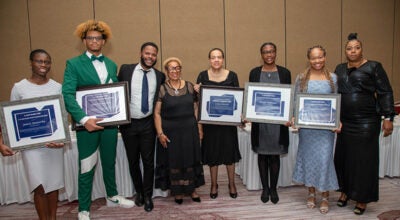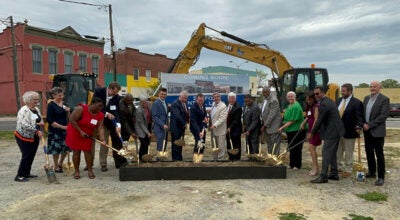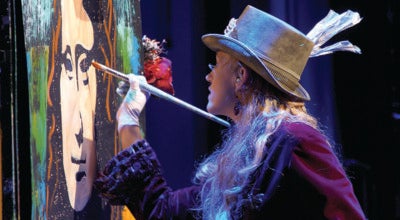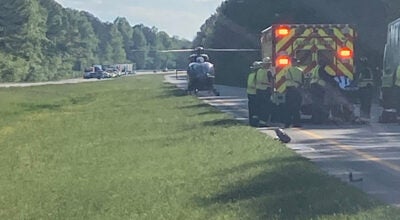Mourning the fallen
Published 8:38 pm Saturday, May 25, 2013

Confederate re-enactors fire a rifle salute at the Suffolk Chapter 173 United Daughters of the Confederacy Memorial Day ceremony on Saturday at Cedar Hill Cemetery.
UDC hosts Memorial Day service
Black and gray were the colors of the day at the Suffolk chapter United Daughters of the Confederacy’s Memorial Day service Saturday at Cedar Hill Cemetery.
Many of the ladies at the event were in period mourning attire, as the theme was how people mourned in the 19th century. It was an appropriate commemoration of the holiday that started in the wake of the Civil War and was originally known as Decoration Day.
“Many of those men did not return,” said Mike Pullen, commander of the Virginia Division of the Sons of Confederate Veterans, said of the men who went off to war. “Those that did were scarred.”
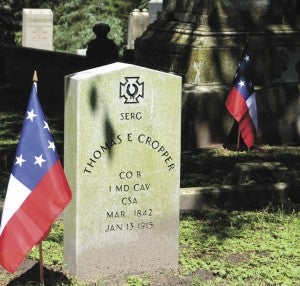
The graves of Thomas E. Cropper, foreground, and George Henry Crump, background, are both adorned with the Stars and Bars because they were Confederate veterans.
Suffolk chapter historian Billie Earnest discussed 19th-century mourning traditions surrounding the death, wake, burial, cemeteries and clothing worn by loved ones after the death.
“When death visited a home, curtains would be drawn and clocks would be stopped at the time of death,” Earnest said.
A wreath of black ribbons would be placed on the front door, and the body would be watched every moment until burial to guard against accidentally burying someone who was still alive but perhaps just in a coma — a common fear in those days of less medical knowledge and technology.
“The fear of a loved one being buried alive inspired coffin makers to design a warning system,” Earnest said. A string tied to the body’s finger would be connected to a bell hung above ground, and undertakers were hired to sit in cemeteries at night to listen for bells ringing.
The direction of the body at certain times was also important to people in those days.
“The dead were carried out of the house feet first in order to prevent the spirit from looking back into the house and beckoning another family member to follow him,” Earnest said.
In many cemeteries, including most of Cedar Hill, the dead are buried with their heads to the west and their feet to the east because of the belief held by some Christians that the final call to resurrection will come from the east. This position allows the dead to “sit up” facing the east.
Elaborate symbols on old gravestones hold special meaning. For example, a lamb indicates innocence, and is most often placed on the headstones of children. A pair of crossed swords indicates the person died in battle, and a recording angel seen on some graves depicts the angel writing the deceased’s name in the Lamb’s Book of Life, where some Christians believe the names of those who will go to Heaven are written.
The practice of mourning clothing was on full display at Saturday’s event. The amount of black and length of time it is worn depended upon the woman’s relationship to the deceased. It also sparked whole specialized industries in the 19th century — everything from hairpins and jewelry to calling cards and parasols were made in black.
The most chilling part of Earnest’s talk involved post-mortem photography. In the 19th century, often the only photo taken of a person would be after his or her death. Subjects would be posed in lifelike situations, such as sitting up in a chair. In the event of a baby’s death, “often the whole family would be photographed with the baby,” Earnest said.
These photographs, however, are rare finds today, she added.
View more photos from the event on the Suffolk News-Herald Facebook page.


